The Louvre in the 1980s was not at all like the museum it is now. As the number of visitors increased and the museum became less equipped to handle them, the Grand Louvre project sought to modernize and enlarge the space.
The pyramid at the Louvre Museum, often referred to as the Louvre Pyramid, is a striking glass and metal structure located at the entrance courtyard of the museum in Paris, France. It serves as the main entrance to the Louvre and has become one of the most recognizable symbols of both the museum and modern Parisian architecture.
The Louvre's Pyramid-is the most noticeable result of the massive "Grand Louvre" project that modernized the institution in the 1980s and is located in the centre of the Cour Napoleon.
Consider the Louvre without its Pyramid, its underground retail complex, and its Richelieu wing, which the Ministry of Finance owned at the time. Well, it was never a part of the initial plan. Read on to see how it came into being. Napoleon III's architect, Hector Lefuel, created two small parks and a parking lot in the 19th century for the Cour Napoléon, where the Pyramid currently sits.
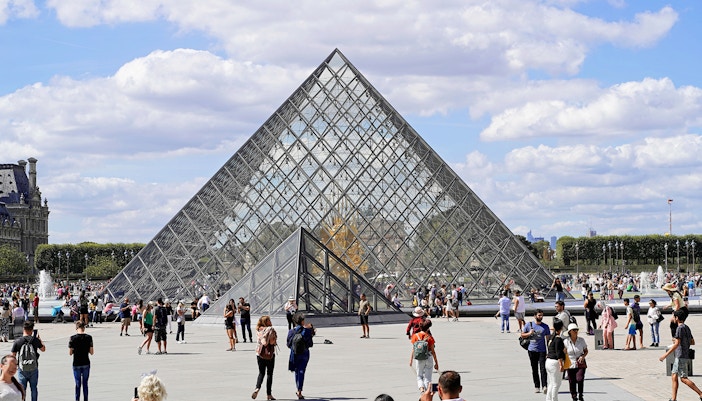
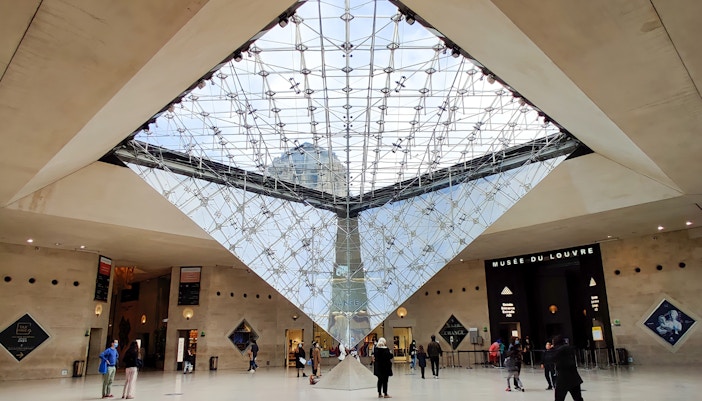
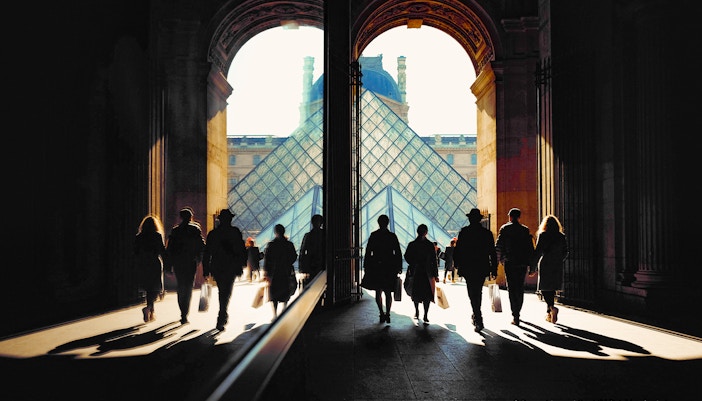
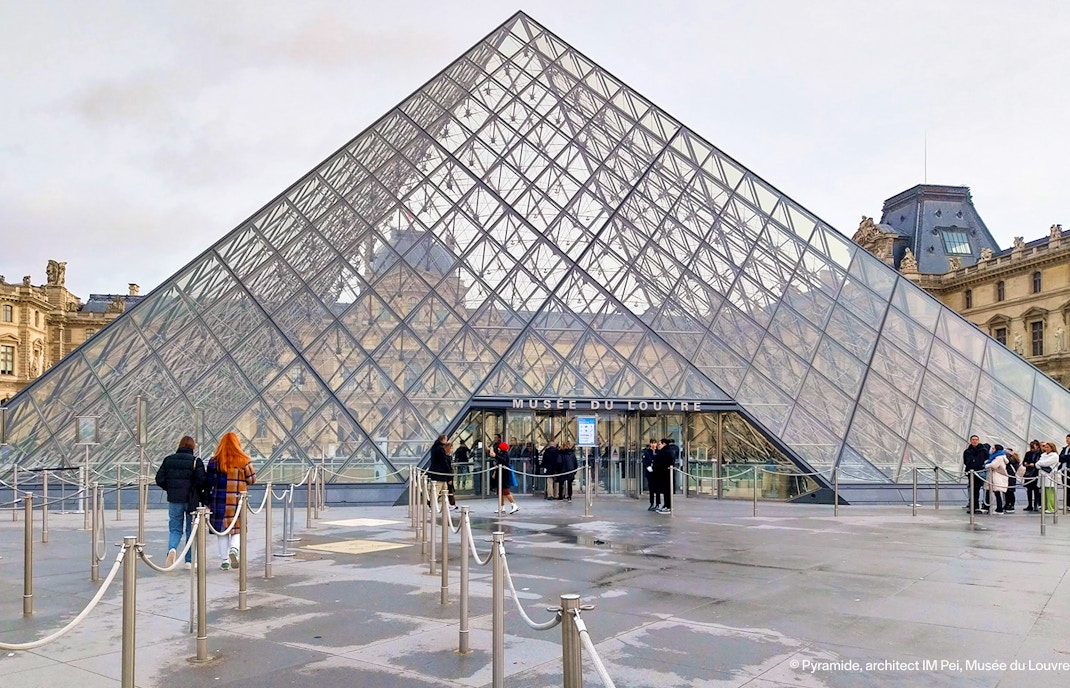
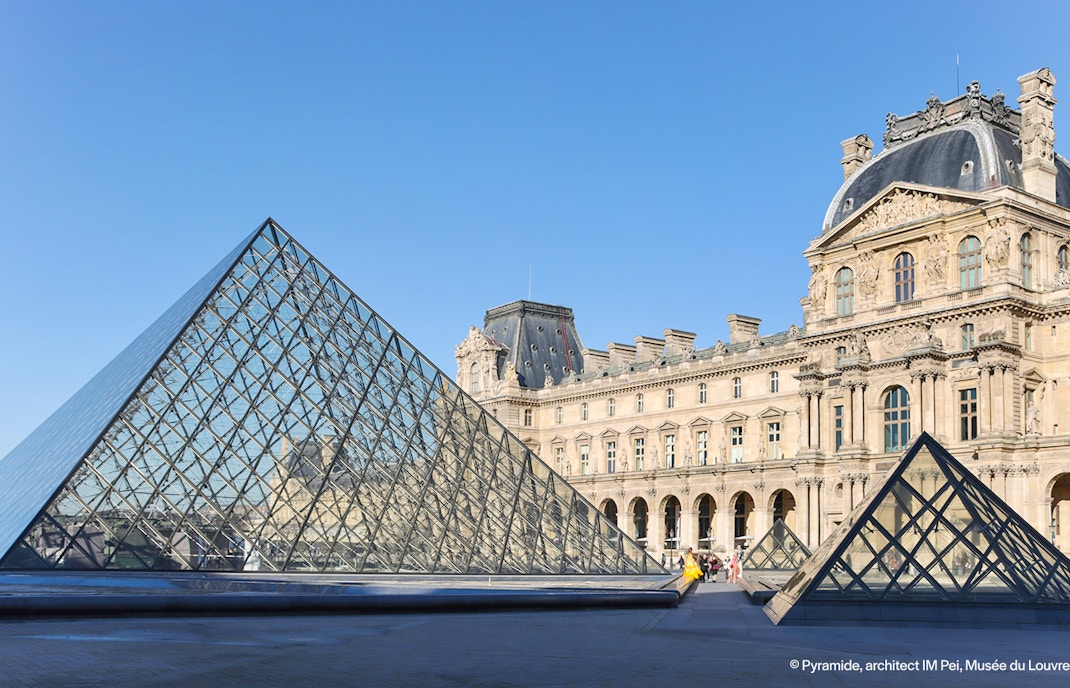
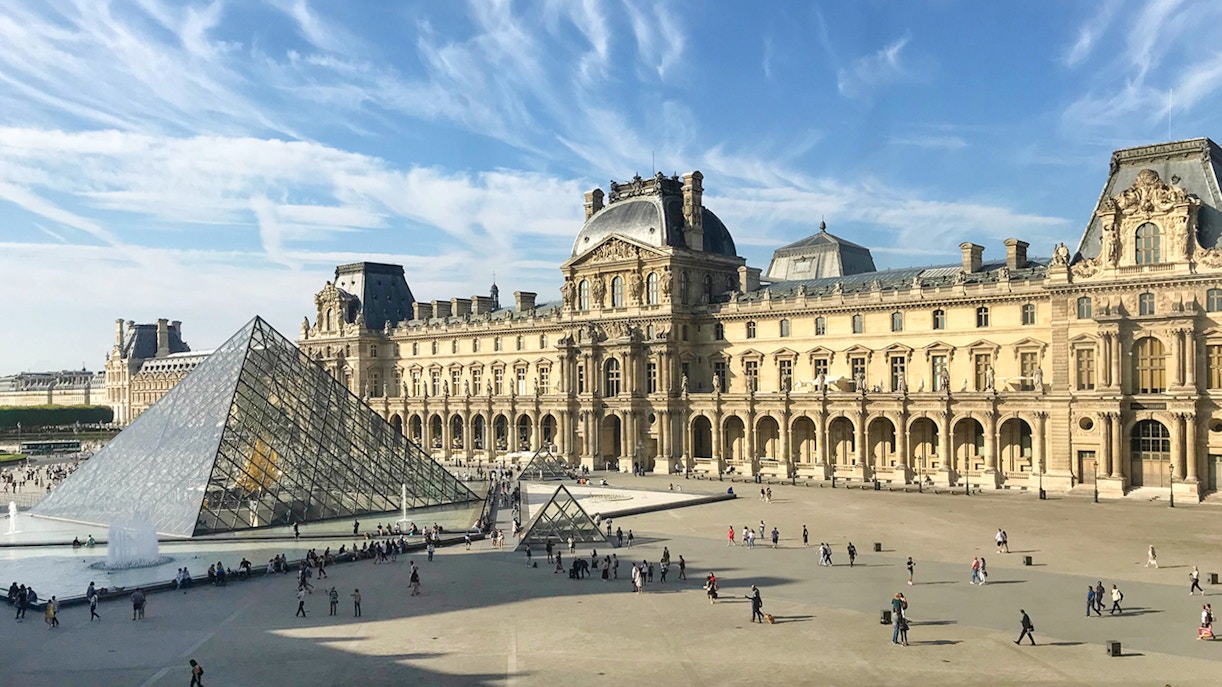
The Hall of the Pyramid is an expansive, open-plan area that serves as the heart of the Louvre Museum. Visitors can find maps, ticket counters, and information desks here. The central location makes it easy to navigate to the different wings of the museum, such as the Denon, Sully, and Richelieu wings.
Beneath the pyramid lies the Carrousel du Louvre, a shopping mall and cultural space that extends beneath the museum. It includes boutiques, restaurants, and even a mini-gallery of rotating art exhibits. This underground complex also connects to the Tuileries Gardens and the Rue de Rivoli, offering easy access to the museum from different points.
The pyramid is the primary entrance to the Louvre Museum, and inside, visitors can access ticket counters and services such as audio guides or guided tours. The ticket area is designed for efficiency, with access points that help manage the large number of visitors the museum attracts.
Inside the pyramid and its adjacent underground hall, there are modern amenities designed for visitor comfort, including restrooms, seating areas, and spaces for rest. The space is carefully designed to blend the old with the new, offering a streamlined experience for those entering or exiting the museum.
Looking up from inside the pyramid, visitors can admire the glass ceiling, which provides an incredible view of the open sky and the surrounding buildings. The sight of the glass panes and their triangular structure against the historic Louvre Palace adds to the unique aesthetic of the museum.
Louvre Museum Timed Access Tickets with Optional Audioguide
Louvre Museum Timed Entry Tickets with Hosted Visit to the Mona Lisa
Louvre Museum Timed Access Tickets & Seine River Cruise
Louvre Museum Masterpieces Guided Tour
Super Combo: Louvre Museum + Palace of Versailles, Eiffel Tower or Orsay Museum Tickets
Louvre Museum Night Entry Ticket

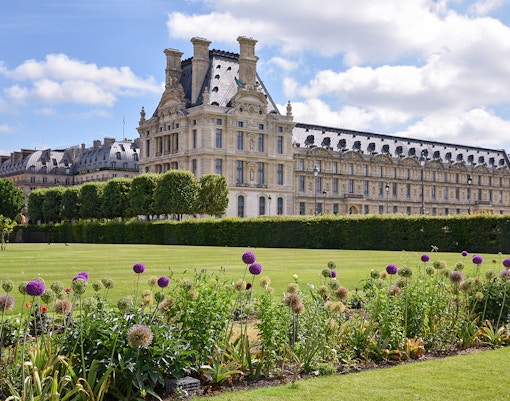
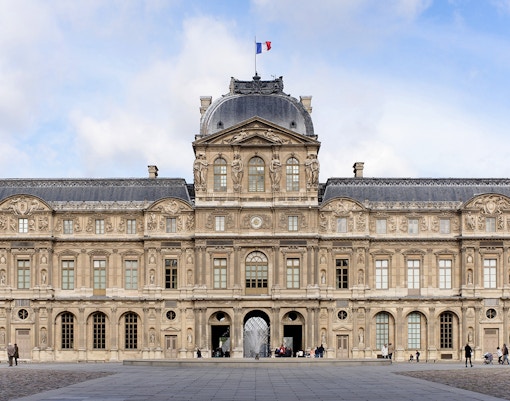
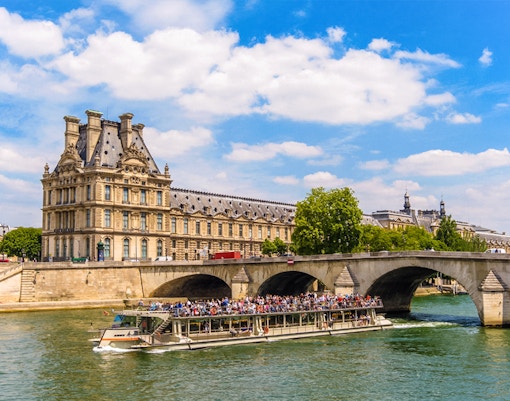
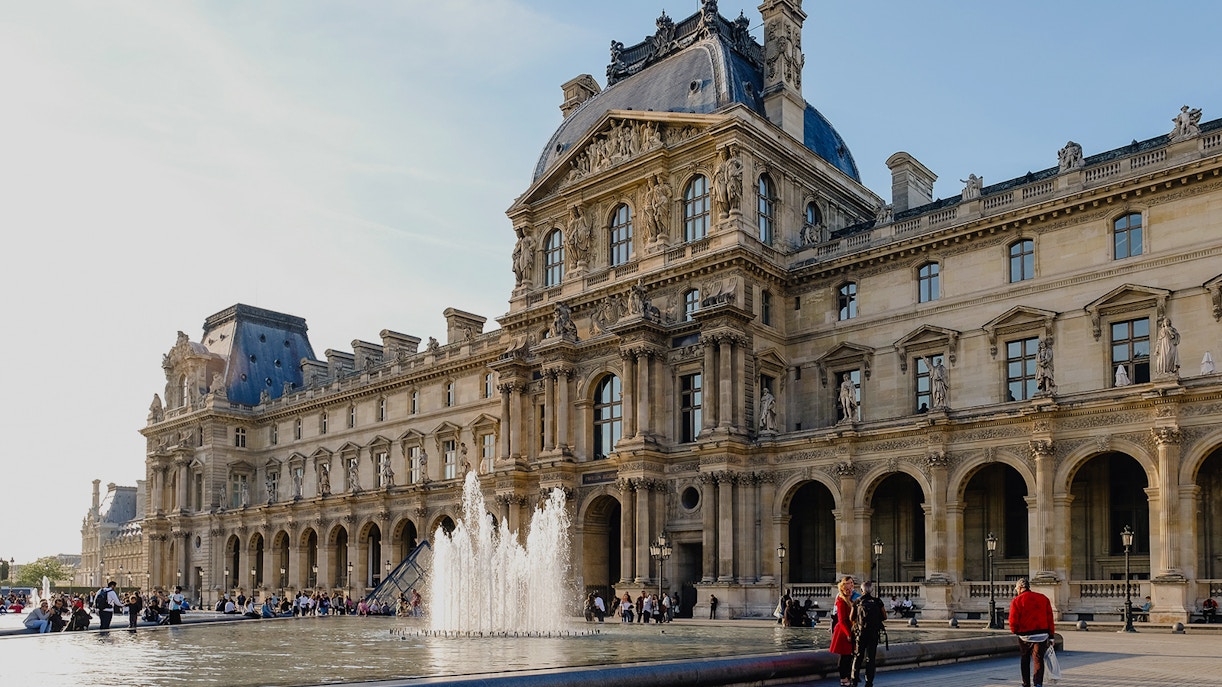
The Louvre Pyramid at night is an iconic sight, illuminated against the backdrop of the historic Louvre Museum and Parisian skyline. As dusk falls, the pyramid’s glass and metal structure glows with soft lighting, creating a dramatic contrast to the surrounding palace’s classical architecture. The pyramid's sharp lines and geometric form become even more striking when illuminated, casting reflections on the surrounding courtyard.
At night, the Louvre Pyramid offers a quieter, more peaceful atmosphere compared to the daytime crowds, allowing visitors to appreciate the space from a different perspective. The lighting casts long shadows and creates an enchanting ambience, drawing attention to the pyramid’s transparent glass panels and the reflecting pools at its base, where the pyramid's mirrored image appears to float on the water.
Additionally, the illuminated pyramid marks the entrance to the museum’s night hours, as the Louvre is often open for late-night events or special exhibitions, offering a magical experience of the museum after dark. The glowing pyramid serves as a welcoming beacon for art lovers and tourists alike, creating an unforgettable, almost ethereal image of the Louvre at night.
The pyramid was built to serve as the main entrance to the Louvre Museum, providing better access and more space for visitors.
While the pyramid itself is the main entrance to the Louvre, there are hidden entrances for museum staff and VIP visitors, located under the surrounding area. However, for general visitors, the pyramid serves as the primary access point.
The construction of the Louvre Pyramid began in 1984 and was completed in 1989. The entire renovation project including the pyramid took about 5 years to complete.
Beneath the pyramid is a large underground lobby area that houses the museum’s main entrance, ticket counters, information desks, and the Louvre’s largest hall, known as the Hall Napoléon.
The pyramid is made of 35 glass panels on each of its four sides, for a total of 140 glass panels.
When the Louvre Pyramid was proposed, many Parisians and critics thought it was an eyesore, arguing that the modern design was out of place in front of the historic Louvre Palace.












